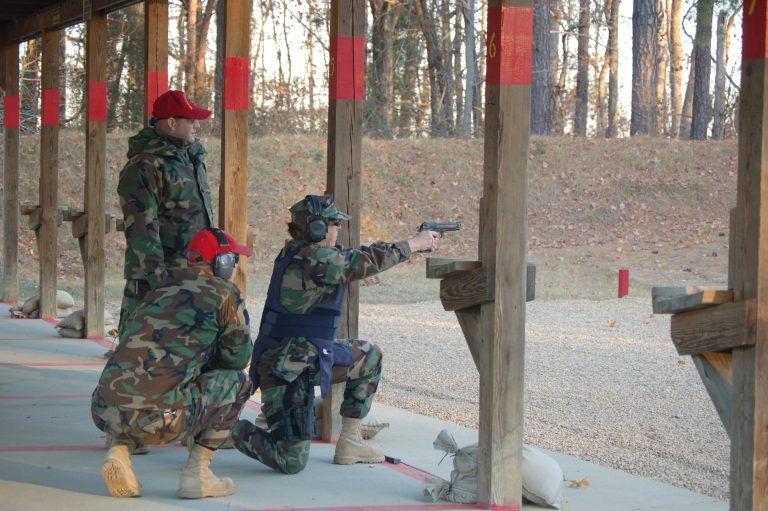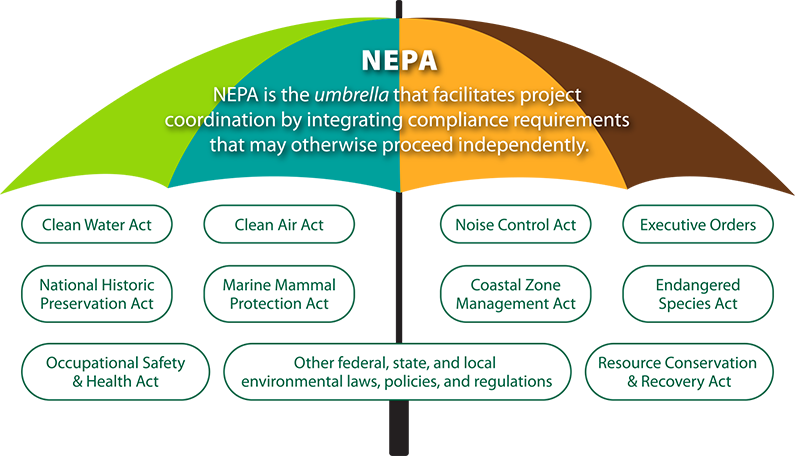Naval Weapons Station, Yorktown
SUPPORTING NAVAL EXPANSION
Provided NWS Yorktown multiple solutions in support of NEPA requirements to build and operate a new small arms range facility in a complex location with a multitude of stakeholders.
NEPA Project Overview
NWS Yorktown in Virginia proposed building an additional small arms range facility to support a relocated Marine Corps Security Force Regiment and address a small arms training deficit within the Norfolk Fleet Concentration Area.

Environmental & Residential Challenges
To proceed with the construction and operation of a new small arms range facility, NWS Yorktown had several environmental and residential obstacles that required careful consideration for the local ecosystems and community as follows:
- An existing adjacent range within a restricted area.
- Localized endangered species habitat.
- Necessary public waterworks system development.
- Local wetlands and waterways ecosystem.
- Local noise ordinance.
- Impact to Chesapeake Bay Protection areas.
- Existing historic eligible sites to include the famous Colonial Williamsburg.
A Strategic Combined Solution
Fortunately, all of the challenges facing the project installation at NWS Yorktown were able to be addressed through a carefully constructed and curated environmental strategy that spanned from a site investigation to thorough regulatory documentation in accordance with relevant laws and bodies:
- NEPA
- Clean Water Act, Sections 404 Wetlands Permitting and 401 Water Quality
- Endangered Species Act
- Section 106 Historic Preservation Act
- Council on Environmental Quality regulations (40 Code of Federal Regulations [CFR] §§ 1500-1508).
- Department of Navy Procedures for Implementing NEPA (32 CFR §775)
- Chief of Naval Operations OPNAV Instruction 5090.1D Environmental Readiness Program.
- OPNAV M-5090.1 Environmental Readiness Program Manual
- Navy policy and guidance for the management of environmental, natural, and cultural resources.

The Process
Because the intended site for the new small arms range was situated squarely in the middle of a vulnerable ecosystem, historic district, and a naval community, Stell’s multidisciplinary experts needed to carefully guide the NEPA environmental assessment and approval process via a series of steps:
Step 1
Environmental Evaluation
Stell scientists began by first conducting a thorough evaluation of the potential direct, indirect, and cumulative impacts associated with the construction and operation of the proposed range facility. From there, resources that would not be significantly adversely impacted from the proposed project were eliminated from overall study.
This approach allowed the environmental assessment to focus on the most relevant environmental issues, including land use and recreation, noise, surface waters, groundwater, biological resources, cultural resources (archaeological sites and cemeteries), and infrastructure including utility systems and transportation infrastructure.
Step 2
NEPA Scoping
Stell assisted the Navy with required regulatory consultations and permit applications based on the environmental evaluation findings, including:
- Federal Coastal Consistency Determination (CCD) in compliance with the Coastal Zone Management
- National Historic Preservation Act, Section 106 compliant consultation package for the State Historic Preservation Office and the National Park Service.
Step 3
Cross-Party Collaboration
Stell facilitated communication among the design/construction team, the proposed range users, the regulatory community, the public, and other interested parties.
Early collaboration among these stakeholder groups informed the alternative development process and led to a more cost-effective range design that meets training requirements while minimizing potential environmental effects.
The Outcome
Throughout the project, the ability to obtain, analyze, and interpret varying types of project-specific geospatial data allowed us to determine the potential effects of the Proposed Action and alternatives and facilitated compliance with the NEPA, as well as other environmental laws and regulations:
- Coordinated with the U.S. Army Public Health Command to analyze potential noise effects to nearby residential and commercial areas from the operation of the proposed range facility.
- Quantified wetlands and Waters of the U.S. impacts for the proposed range designs based on an Army Corps of Engineers preliminary jurisdictional determination.
- Supported a “conferencing” process with the U.S. Fish and Wildlife Service to avoid potential adverse effects to the northern long-eared bat, an Endangered Species Act candidate species.
- Identified and documented state-level regulatory requirements for the establishment and operation of a public waterworks system to support the operation of the proposed range facility.
- Responded to a CCD information request from the Virginia Department of Environmental Quality in a timely manner to address concerns with impacts to Chesapeake Bay Protection Areas and state-listed threatened and endangered species.
